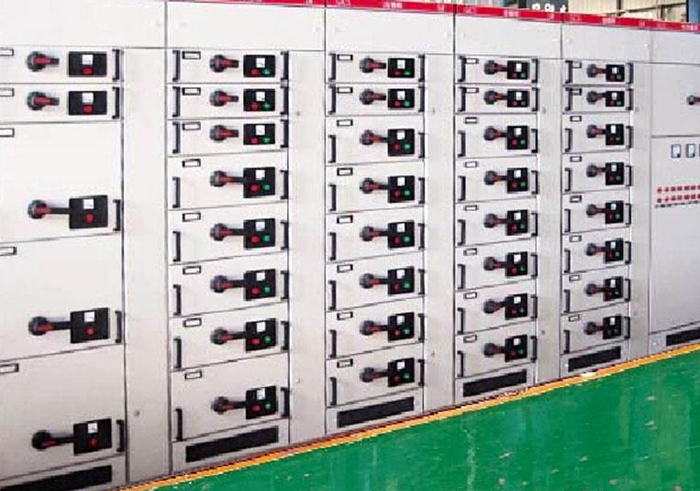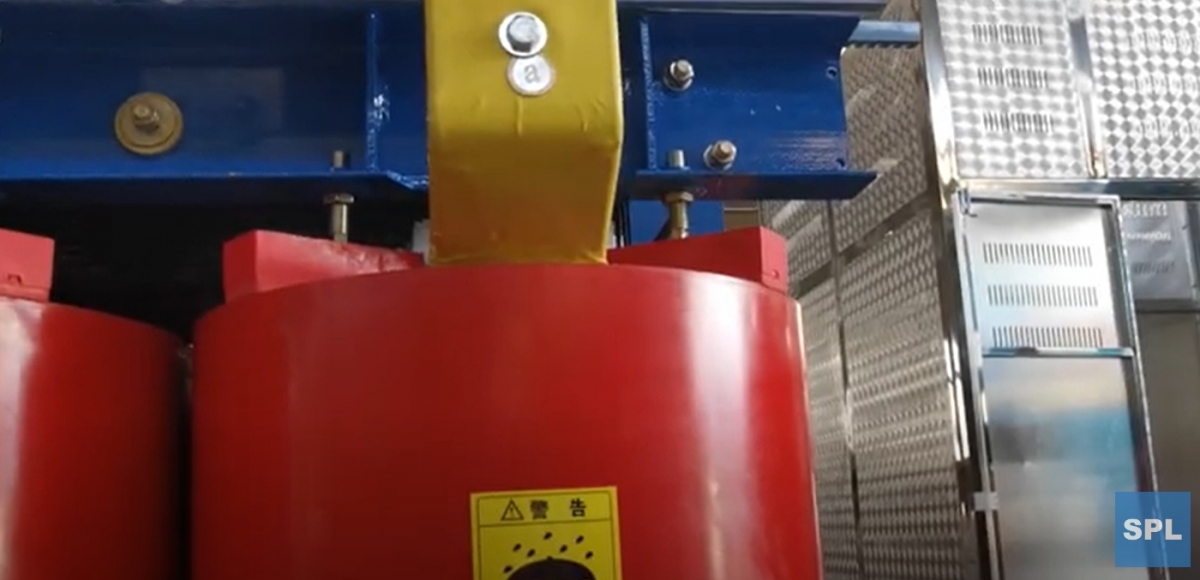Table of Contents
Différences entre les transformateurs de type sec et les transformateurs à huile
modèle
| Capacité nominale (KVA) | Tension combinaison(KV) | Pertes hors charge(W) | Pertes de charge(W) | À vide courant ( pour cent ) | Court-circuit tension ( pour cent ) | SC13-30 |
| SC13-50 | 30 | 6,6.3,6.6,10,11/0.4 | 150 | 710 | 2.3 | 4.0 |
| SC13-80 | 50 | 6,6.3,6.6,10,11/0.4 | 215 | 1000 | 2.2 | 4.0 |
| SC13-100 | 80 | 6,6.3,6.6,10,11/0.4 | 295 | 1380 | 1.7 | 4.0 |
| SC13-125 | 100 | 6,6.3,6.6,10,11/0.4 | 320 | 1570 | 1.7 | 4.0 |
| SCB13-160 | 125 | 6,6.3,6.6,10,11/0.4 | 375 | 1850 | 1.5 | 4.0 |
| SCB13-200 | 160 | 6,6.3,6.6,10,11/0.4 | 430 | 2130 | 1.5 | 4.0 |
| SCB13-250 | 200 | 6,6.3,6.6,10,11/0.4 | 495 | 2530 | 1.3 | 4.0 |
| SCB13-315 | 250 | 6,6.3,6.6,10,11/0.4 | 575 | 2760 | 1.3 | 4.0 |
| SCB13-400 | 315 | 6,6.3,6.6,10,11/0.4 | 705 | 3470 | 1.1 | 4.0 |
| SCB13-500 | 400 | 6,6.3,6.6,10,11/0.4 | 785 | 3990 | 1.1 | 4.0 |
| SCB13-630 | 500 | 6,6.3,6.6,10,11/0.4 | 930 | 4880 | 1.1 | 4.0 |
| SCB13-630 | 630 | 6,6.3,6.6,10,11/0.4 | 1070 | 5880 | 0.9 | 4.0 |
| SCB13-800 | 630 | 6,6.3,6.6,10,11/0.4 | 1040 | 5960 | 0.9 | 6.0 |
| SCB13-1000 | 800 | 6,6.3,6.6,10,11/0.4 | 1210 | 6960 | 0.9 | 6.0 |
| SCB13-1250 | 1000 | 6,6.3,6.6,10,11/0.4 | 1410 | 8130 | 0.9 | 6.0 |
| SCB13-1600 | 1250 | 6,6.3,6.6,10,11/0.4 | 1670 | 9690 | 0.9 | 6.0 |
| SCB13-2000 | 1600 | 6,6.3,6.6,10,11/0.4 | 1960 | 11700 | 0.9 | 6.0 |
| SCB13-2500 | 2000 | 6,6.3,6.6,10,11/0.4 | 2440 | 14400 | 0.7 | 6.0 |
| Les transformateurs de type sec, comme leur nom l’indique, n’utilisent pas d’huile comme moyen de refroidissement. Au lieu de cela, ils comptent sur l’air ou d’autres gaz pour dissiper la chaleur générée pendant le fonctionnement. Cela en fait une option plus sûre pour les installations intérieures, car il n’y a aucun risque de fuite d’huile ou de risque d’incendie. Les transformateurs de type sec sont également plus respectueux de l’environnement, car ils ne nécessitent pas l’utilisation d’huile, qui peut être nocive si elle n’est pas correctement éliminée. | 2500 | 6,6.3,6.6,10,11/0.4 | 2880 | 17100 | 0.7 | 6.0 |
Type
| Puissance nominale (KVA) | Tension combinaison(KV) | Pertes hors charge(W) | Pertes de charge(W) | À vide courant ( pour cent ) | Court-circuit tension ( pour cent ) | SC12-30 |
| SC12-50 | 30 | 6,6.3,6.6,10,11/0.4 | 150 | 710 | 2.0 | 4.0 |
| SC12-80 | 50 | 6,6.3,6.6,10,11/0.4 | 215 | 1000 | 2.0 | 4.0 |
| SC12-100 | 80 | 6,6.3,6.6,10,11/0.4 | 295 | 1380 | 1.5 | 4.0 |
| SC12-125 | 100 | 6,6.3,6.6,10,11/0.4 | 320 | 1570 | 1.5 | 4.0 |
| SCB12-160 | 125 | 6,6.3,6.6,10,11/0.4 | 375 | 1850 | 1.3 | 4.0 |
| SCB12-200 | 160 | 6,6.3,6.6,10,11/0.4 | 430 | 2130 | 1.3 | 4.0 |
| SCB12-250 | 200 | 6,6.3,6.6,10,11/0.4 | 495 | 2530 | 1.1 | 4.0 |
| SCB12-315 | 250 | 6,6.3,6.6,10,11/0.4 | 575 | 2760 | 1.1 | 4.0 |
| SCB12-400 | 315 | 6,6.3,6.6,10,11/0.4 | 705 | 3470 | 1.0 | 4.0 |
| SCB12-500 | 400 | 6,6.3,6.6,10,11/0.4 | 785 | 3990 | 1.0 | 4.0 |
| SCB12-630 | 500 | 6,6.3,6.6,10,11/0.4 | 930 | 4880 | 1.0 | 4.0 |
| SCB12-630 | 630 | 6,6.3,6.6,10,11/0.4 | 1070 | 5880 | 0.85 | 4.0 |
| SCB12-800 | 630 | 6,6.3,6.6,10,11/0.4 | 1040 | 5960 | 0.85 | 6.0 |
| SCB12-1000 | 800 | 6,6.3,6.6,10,11/0.4 | 1210 | 6960 | 0.85 | 6.0 |
| SCB12-1250 | 1000 | 6,6.3,6.6,10,11/0.4 | 1410 | 8130 | 0.85 | 6.0 |
| SCB12-1600 | 1250 | 6,6.3,6.6,10,11/0.4 | 1670 | 9690 | 0.85 | 6.0 |
| SCB12-2000 | 1600 | 6,6.3,6.6,10,11/0.4 | 1960 | 11700 | 0.85 | 6.0 |
| SCB12-2500 | 2000 | 6,6.3,6.6,10,11/0.4 | 2440 | 14400 | 0.7 | 6.0 |
| En termes de coût, les transformateurs de type sec sont généralement plus chers que les transformateurs à huile en raison de l’utilisation de matériaux isolants spécialisés. Cependant, le coût initial d’un transformateur de type sec peut être compensé par des coûts de maintenance inférieurs et une durée de vie plus longue par rapport aux transformateurs à huile.
Lors du choix entre les transformateurs de type sec et les transformateurs à huile, il est important de prendre en compte les exigences spécifiques du transformateur. application, comme les conditions environnementales, la puissance nominale et les besoins de maintenance. Certains fabricants, comme le fabricant chinois, proposent des solutions de transformateurs personnalisées pour répondre aux besoins uniques de leurs clients. Ces transformateurs personnalisés peuvent être conçus pour s’adapter à des contraintes d’espace, des niveaux de tension et des exigences de refroidissement spécifiques. Pour en savoir plus sur les différences entre les transformateurs de type sec et les transformateurs à huile, le fabricant chinois propose des vidéos informatives sur son site Web qui expliquent les principales caractéristiques et avantages de chaque type. En comprenant les différences entre ces deux types de transformateurs, vous pouvez prendre une décision éclairée lors de la sélection du transformateur adapté à votre application. |
2500 | 6,6.3,6.6,10,11/0.4 | 2880 | 17100 | 0.7 | 6.0 |
On the other hand, oil-filled Transformers use oil as a cooling medium to dissipate heat. The oil helps to transfer heat away from the transformer windings, ensuring that the transformer operates at a safe temperature. Oil-filled transformers are typically used in outdoor installations, as the oil provides additional insulation and protection against harsh environmental conditions. However, they do require regular maintenance to ensure that the oil is clean and free of contaminants.
One of the main differences between dry type and oil-filled transformers is their insulation systems. Dry type transformers use solid insulation materials, such as epoxy resin or fiberglass, to insulate the windings and core. This type of insulation is more resistant to moisture and contaminants, making dry type transformers suitable for indoor applications where environmental conditions are controlled.

Oil-filled transformers, on the other hand, use liquid insulation in the form of mineral oil or silicone oil. The oil not only provides insulation but also helps to dissipate heat and protect the transformer from arcing and corona discharge. However, oil-filled transformers are more susceptible to contamination from moisture, dust, and other contaminants, which can degrade the insulation and reduce the transformer’s lifespan.
Another key difference between dry type and oil-filled transformers is their cooling systems. Dry type transformers rely on natural convection or forced air cooling to dissipate heat, while oil-filled transformers use the oil as a cooling medium. Oil-filled transformers are more efficient at dissipating heat, making them suitable for high-power applications where heat dissipation is critical.

In terms of cost, dry type transformers are generally more expensive than oil-filled transformers due to the use of specialized insulation materials. However, the initial cost of a dry type transformer may be offset by lower maintenance costs and longer lifespan compared to oil-filled transformers.
When choosing between dry type and oil-filled transformers, it is important to consider the specific requirements of the application, such as environmental conditions, power rating, and maintenance needs. Some manufacturers, such as China manufacturer, offer customized transformer solutions to meet the unique needs of their customers. These customized transformers can be designed to fit specific space constraints, voltage Levels, and cooling requirements.
To learn more about the differences between dry type and oil-filled transformers, China manufacturer offers informative videos on their website that explain the key features and benefits of each type. By understanding the differences between these two types of transformers, you can make an informed decision when selecting the right transformer for your application.

